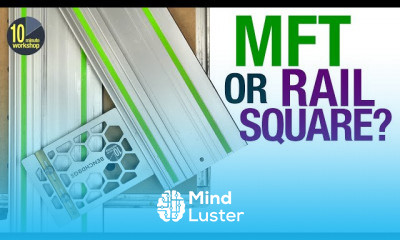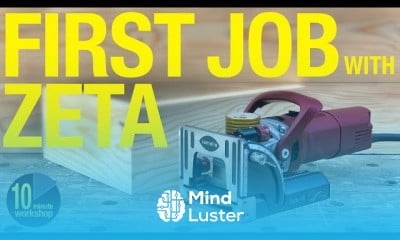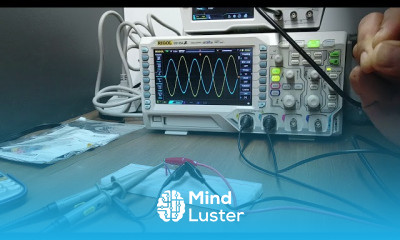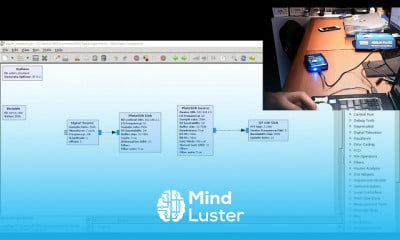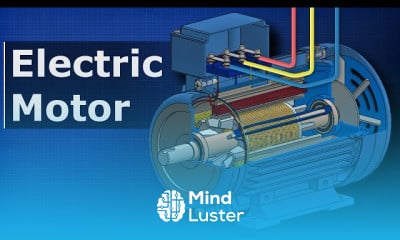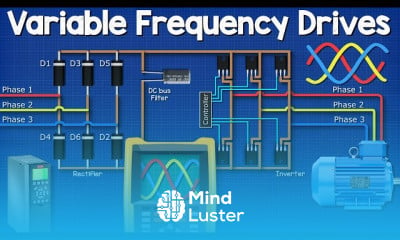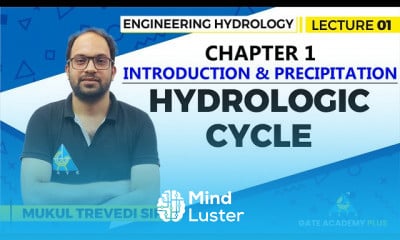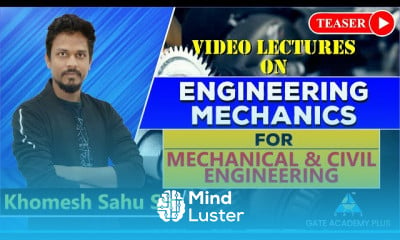Types of Converters Different Types of Converters
Share your inquiries now with community members
Click Here
Sign up Now
Lesson extensions
Lessons List | 164
Lesson
Show More
Lessons
Comments
Related Courses in Engineering
Course Description
Electrical Joints types course,
in this course we will learn about the various types of electrical joints, focusing on their applications, techniques, and benefits. This course will start with an introduction to the importance of proper electrical joints in ensuring reliable and safe connections in electrical systems. We will explore a range of common and specialized joints used in different scenarios, providing a comprehensive understanding of each type.
Participants will study basic joints such as twisted joints and soldered joints, which are fundamental for many wiring tasks. We will delve into more advanced methods like Western Union joints, known for their strength and reliability in connecting two wires. Other types such as T-tap joints, Britannia joints, and wrapped joints will be covered, highlighting their specific uses and advantages.
The course will also cover modern techniques like crimped joints, which offer quick and secure connections without the need for soldering. We will examine wire nut connections, splice joints, and compression joints, explaining their applications in residential, commercial, and industrial wiring.
Special attention will be given to insulated joints and waterproof joints, which are essential for ensuring safety and durability in exposed or harsh environments. Additionally, participants will learn about butt joints, pigtail joints, inline splice joints, mechanical joints, and terminal connections, understanding their unique characteristics and installation processes.
Trends
AUTOMATA THEORY
MS Excel
Video editing with adobe premiere
Learning English Speaking
Control Systems CS
Create a website with wordPress for beginners
Python programming language
English greetings and responses
Digital Marketing
Mobile Apps from Scratch
English Language
C Programming Language
Data Science with Python conditions
R Programming basics for Data Analytics
Electronics fundamentals for beginners
Digital Marketing Beginners
IC engine parts in Mechanical Engineering
Business Law fundamentals
Advanced Soil Mechanics course
Digital Logic Families in Digital Electronics
Recent
Royalty accounts fundamentals
Format of container accounts for beginners
company accounts fundamentals
Branch accounting fundamentals
Business Law fundamentals
Coordination in management
Influencer marketing strategies for beginners
Micro and macro economics for beginners
Job analysis techniques and tools
Total quality management for beginners
Golden rules of accounting with example
Comparison of equity and preference shares
Source documents in accounting beginners
English greetings and responses
Improve english grammar skills
English spelling rules for beginners
English pronunciation and spelling basics
English modal verbs essentials
FCE exam preparation essentials
B1 preliminary speaking exam Preparation










































